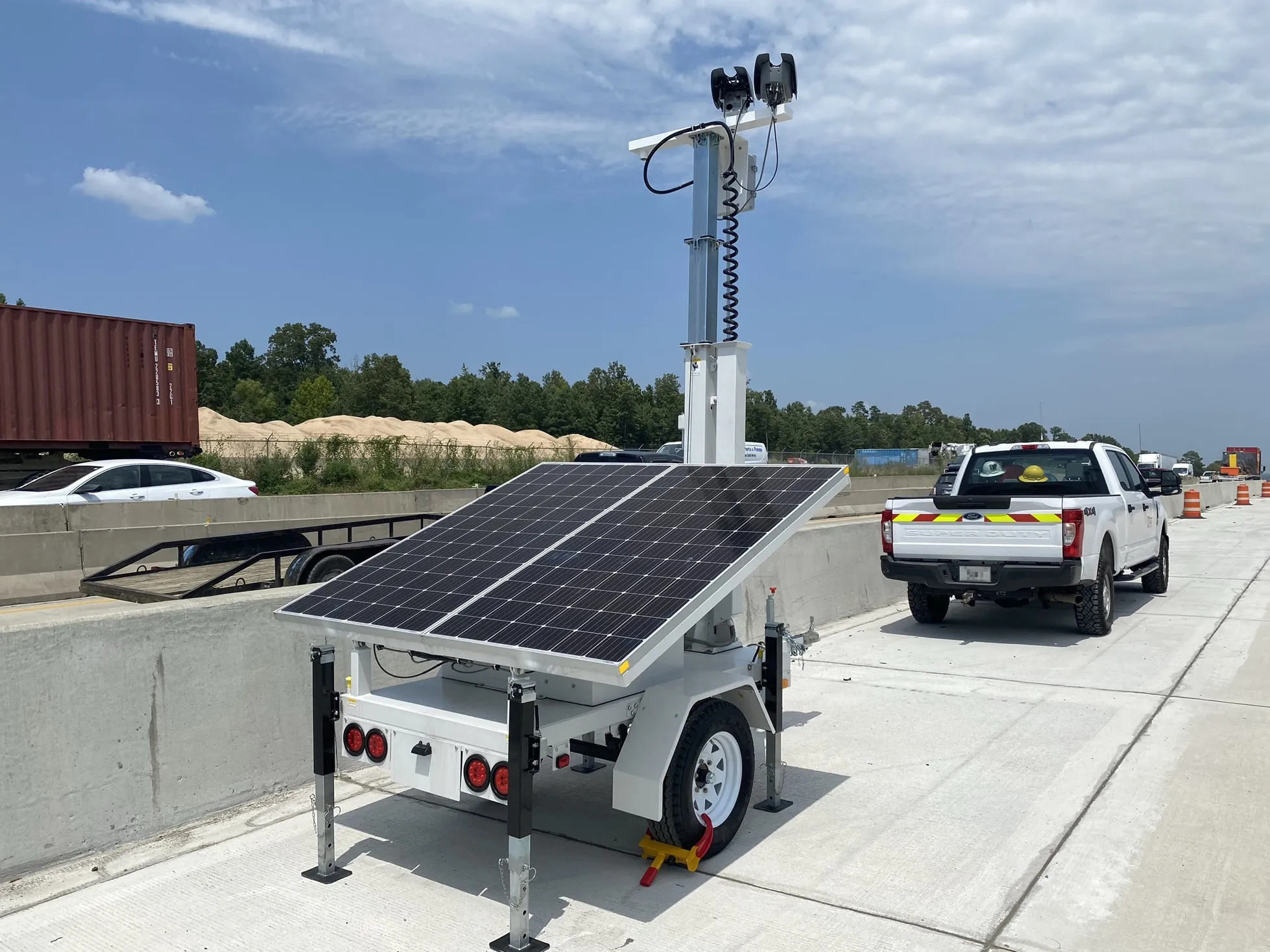Police in Auckland, New Zealand, are to install new fixed speed cameras in Auckland and Northland as part of the New Zealand Government’s Safer Journeys road safety strategy.
Police have worked in conjunction with the New Zealand Transport Agency (NZTA) and an independent transportation sector expert, Abley Transportation Consultants, to carefully select the sites based on crash risk.
Together they developed the Static Camera Site Selection Methodology to identify locations on the road network that ha
August 15, 2016
Read time: 2 mins
Police in Auckland, New Zealand, are to install new fixed speed cameras in Auckland and Northland as part of the New Zealand Government’s Safer Journeys road safety strategy.
Police have worked in conjunction with the6296 New Zealand Transport Agency (NZTA) and an independent transportation sector expert, Abley Transportation Consultants, to carefully select the sites based on crash risk.
Together they developed the Static Camera Site Selection Methodology to identify locations on the road network that have a proven history of crashes or potential for crashes resulting in death or serious injury.
Each camera uses the latest digital technology and has the ability to monitor multiple lanes of traffic in both directions.
In conjunction with the Static Camera Expansion Project, NZTA will also be rolling out signage highlighting zones of high crash risk. This includes a range of locations where fixed cameras and other enforcement methods will be used by police.
Police have worked in conjunction with the
Together they developed the Static Camera Site Selection Methodology to identify locations on the road network that have a proven history of crashes or potential for crashes resulting in death or serious injury.
Each camera uses the latest digital technology and has the ability to monitor multiple lanes of traffic in both directions.
In conjunction with the Static Camera Expansion Project, NZTA will also be rolling out signage highlighting zones of high crash risk. This includes a range of locations where fixed cameras and other enforcement methods will be used by police.









